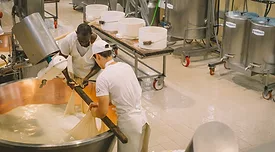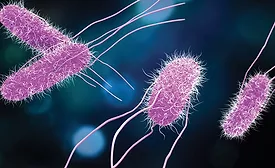Home » Keywords: » case study
Items Tagged with 'case study'
ARTICLES
Regulatory Report: Outbreak Investigations of Foodborne Illnesses Linked to Atypical Food-Pathogen Pairs
Lessons learned help drive future response and prevention efforts
January 14, 2021
Never miss the latest news and trends driving the food safety industry
eNewsletter | Website | eMagazine
JOIN TODAY!Copyright ©2025. All Rights Reserved BNP Media.
Design, CMS, Hosting & Web Development :: ePublishing










